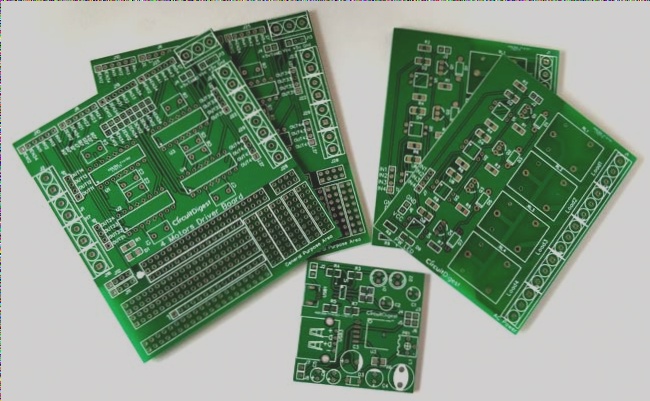Surface Treatment Methods for PCB Prototyping
-
Chemical Silver
Chemical silver is recommended for lead-free soldering and SMT in PCB prototyping. It offers a simple process and is ideal for achieving a fine line effect, which can help reduce overall costs.
-
Tin HSAL
Tin HSAL, now available as HASL and lead-free HASL, ensures complete wetting of the copper surface. It is a mature and low-cost process suitable for lead-free soldering, visual inspection, and electrical testing.
-
Nickel Gold
Nickel gold plating, with variations in nickel-phosphorus alloy layers, offers a very flat surface suitable for SMT, electrical testing, and more. It is ideal for lead-free soldering and resistance to environmental attacks.
-
Electroplated Nickel-Gold
Electroplated nickel-gold is widely used on IC substrates for bonding gold and copper wires. It is suitable for contact switch design, gold wire binding, and electrical testing.
-
Nickel-Palladium-Gold
Nickel-Palladium-Gold, increasingly used in PCB proofing, is suitable for bonding gold and aluminum wires. It offers advantages such as lead-free soldering compatibility and cost-effectiveness compared to ENIG.
These surface treatment methods play a crucial role in PCB prototyping, ensuring the functionality and durability of printed circuit boards.
For more information on PCB fabrication and prototyping, visit Well Circuits.


